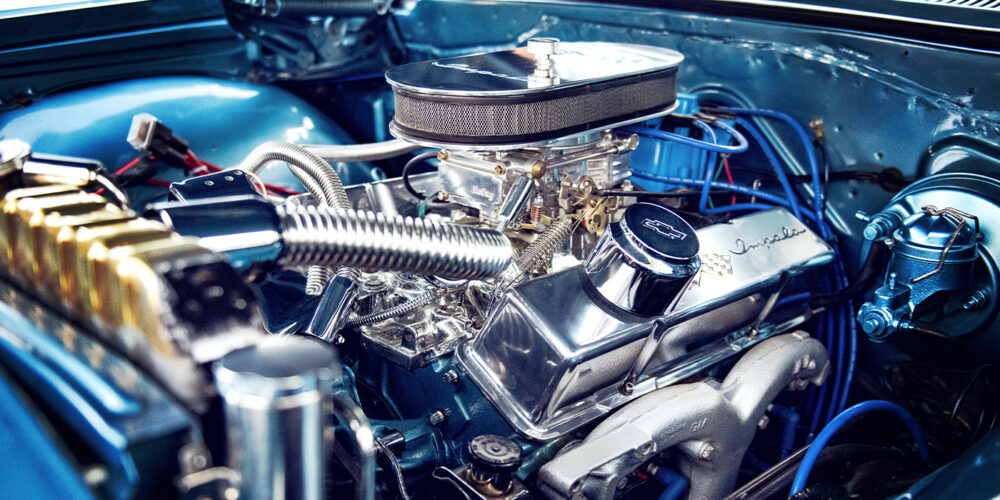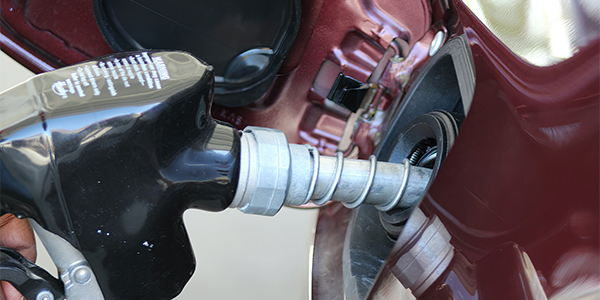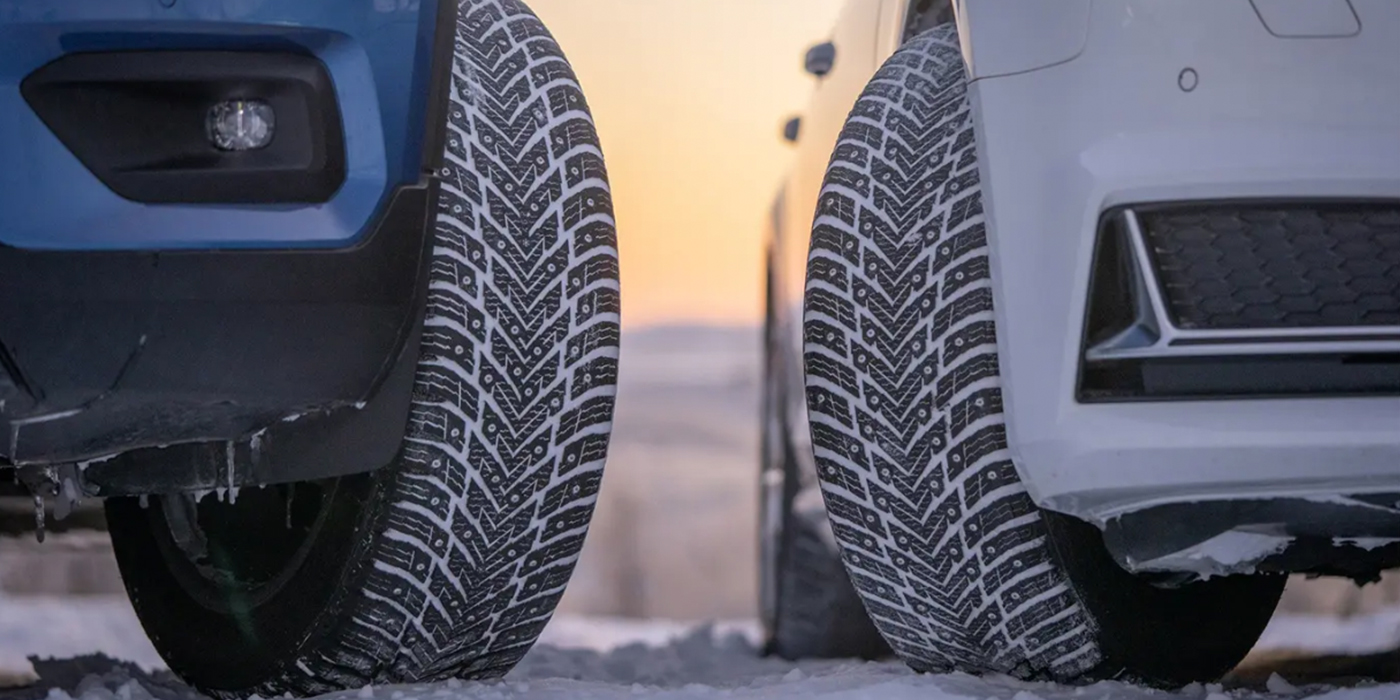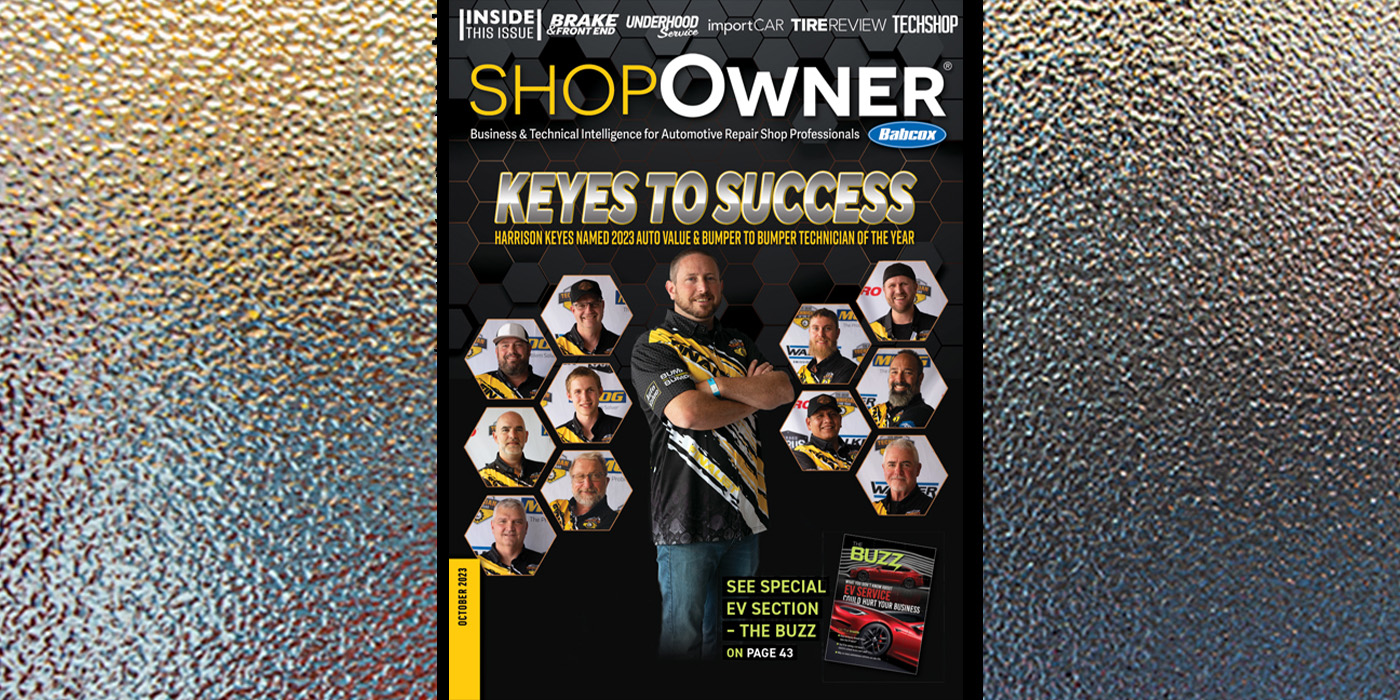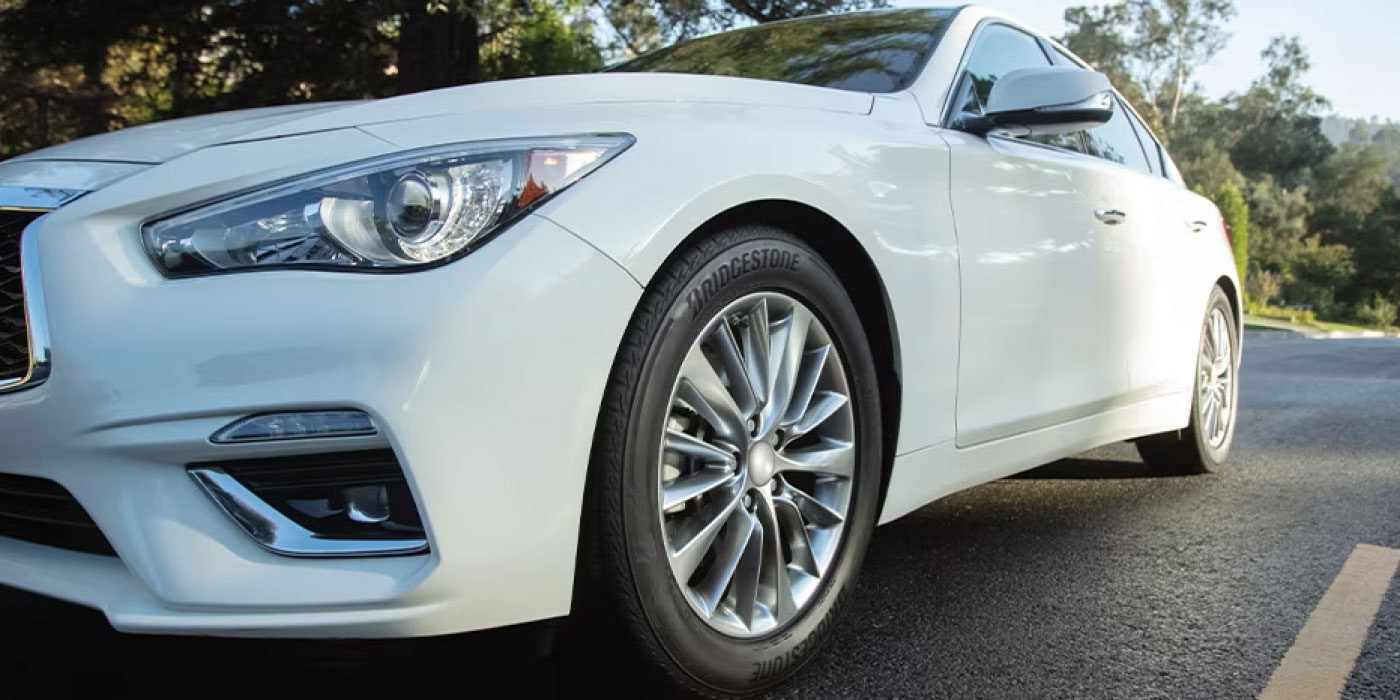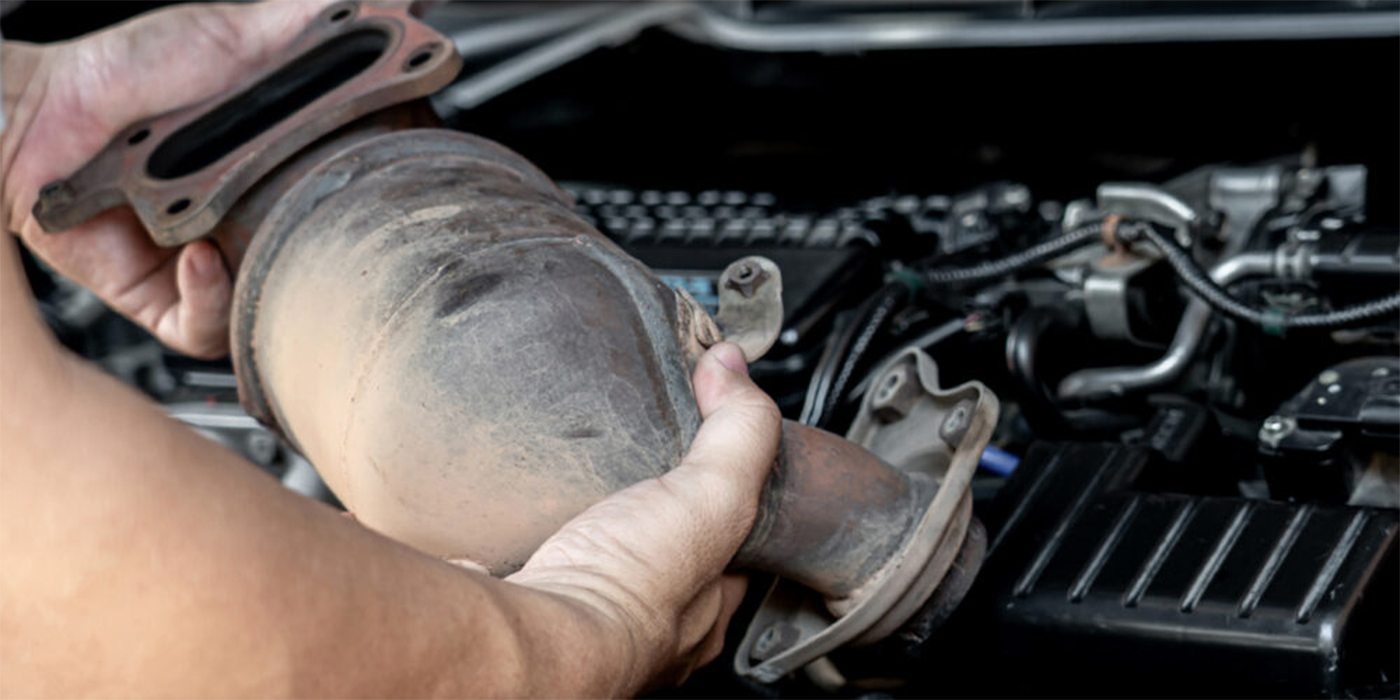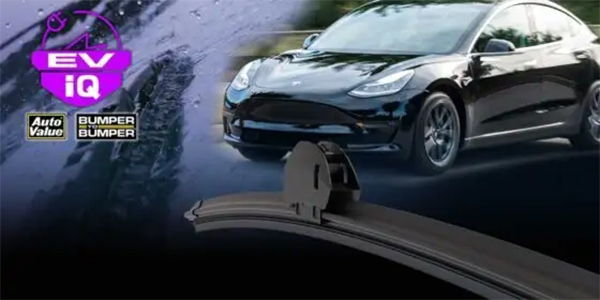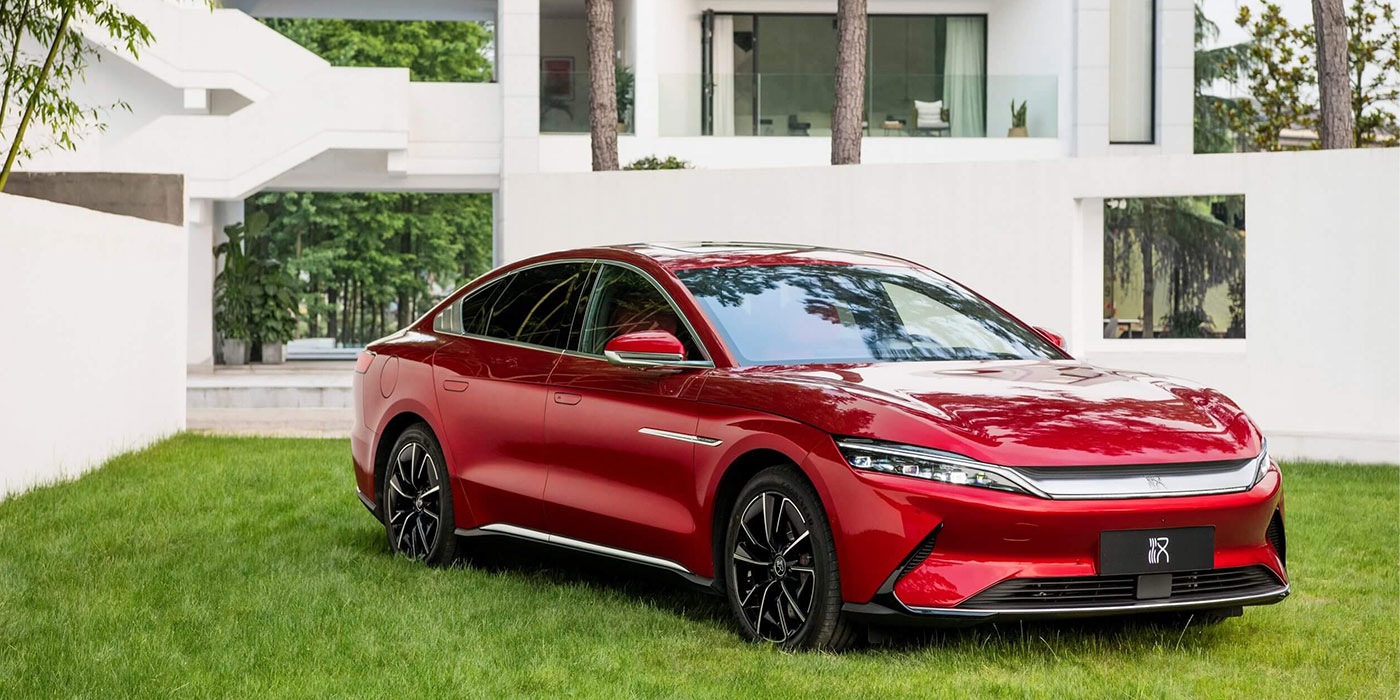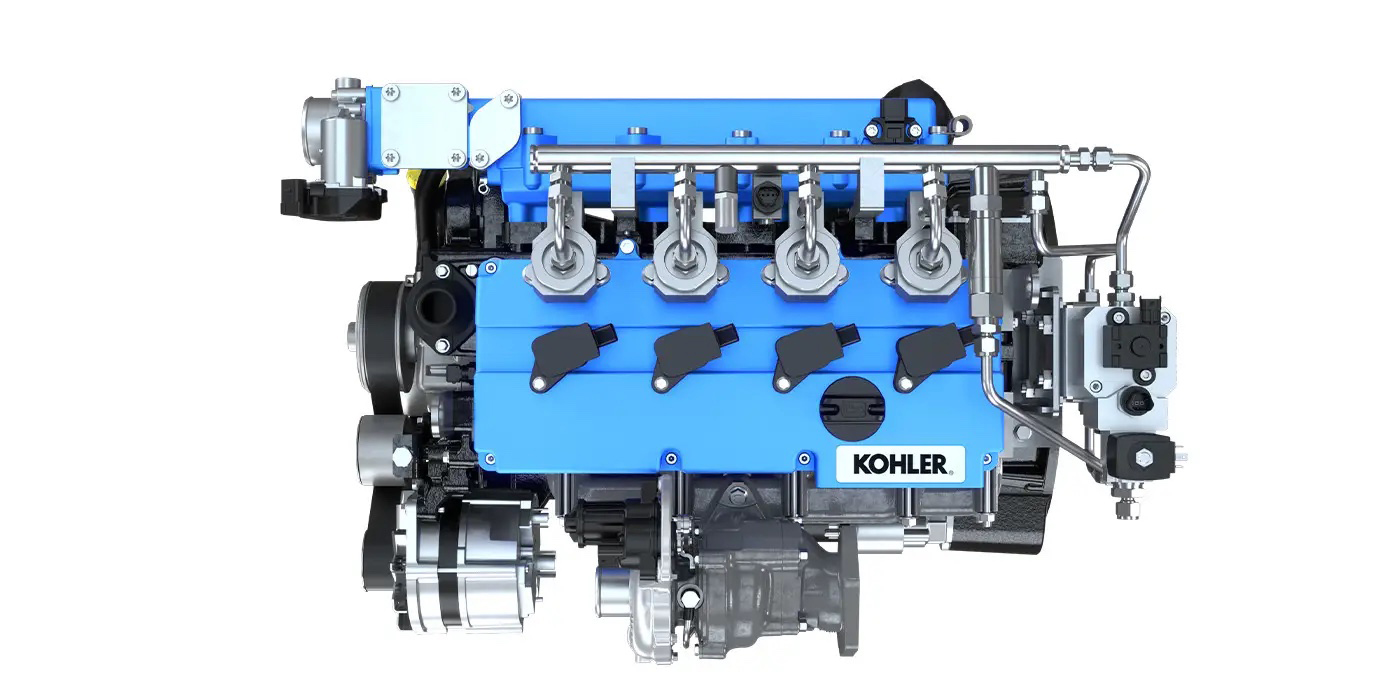Internal combustion engines (ICEs) have been around for more than 100 years, and despite a surge of competition from electric vehicles (EVs), they are still highly relevant and will likely remain so for a long time to come. This is especially true in racing, extreme sports, and off-roading, where the ICE may be the only viable option due to its diverse range of capabilities, not to mention greater speed and power. This means we can expect a consistent demand for ICE-powered vehicles in this sector going forward.
Let’s look at some of the automotive sectors where ICE-powered vehicles are likely to dominate for the foreseeable future.
Racing
When it comes to race cars, ICEs are able to provide an extreme amount of power and torque that can propel a vehicle forward at very high speeds for long periods. As a result, racing teams typically prefer to stick with ICEs instead of batteries and electric motors to stay competitive. Track designers also make use of the engine’s unique characteristics to create a more exciting and challenging course layout that can make the sport even more exhilarating for participants and fans alike. While electric motors are getting more and more powerful each day, they simply can’t duplicate the feel, sound and power of a high-powered gasoline engine.
While many in the EV world are beginning to race their vehicles, it remains a small percentage of the scene. Formula 1, for example, is experimenting with its own EV division, called Formula E, but it has yet to be proven successful. Swapping out battery packs mid-race is seen as an option, but not yet an affordable one. We therefore expect race cars to continue to rely on ICEs for many years.
Off-roading
Off-road vehicles also depend heavily on ICE technology and its associated components. In off-road racing, the engine’s ability to generate large amounts of predictable torque while still achieving relatively low speeds make it highly suitable for navigating through difficult terrains filled with mud, rocks and other obstacles. Four-wheel drive vehicles require high torque outputs and extended running times away from populated areas due to their off-grid nature. The fuel tank size and power output provided by an ICE is key here over any battery-powered alternative, which would struggle due to its limited range compared with petrol or diesel equivalents.
Off-road vehicles such as Jeeps and SUVs also lean heavily on gasoline or diesel powertrains rather than electric motors due to their need for greater torque and power output when traversing difficult terrain or tackling steep inclines. Considering that battery packs generally take up the length of a vehicle, the likelihood of puncture or damage to the battery pack increases in this type of environment. Finding oneself in the middle of the desert and running out of charge or in need of a difficult repair makes EV adoption even more difficult to imagine.
Power sports
Power sports have made great strides thanks to modern ICE technology. Dirt bikes, for example, have become more powerful with greater reliability and lower fuel consumption. These benefits are often unavailable from battery-powered alternatives due to their lack of weight as well as their relative lack of power compared with traditional ICE variants.
ICEs also offer an additional degree of control that is essential when performing tricks or stunts in midair. Motorcycles can jump higher, accelerate faster, and take corners sharper than ever before. Further, since these activities generally take place in remote areas where finding a charging station is next to impossible, having an ICE eliminates any range-anxiety issues that might occur with EVs.
Economy
In addition to being beneficial from a performance standpoint, many people also appreciate how cost-effective ICEs can be compared to EVs. This is especially true if one opts for a diesel or two-stroke engine, which can typically offer lower maintenance costs than their gasoline counterparts due to their simpler construction and longer service life expectancy. Furthermore, since parts for these types of engines are usually cheaper than those used in electric cars (such as batteries), they provide a more economical solution for individuals looking to build a custom vehicle or machine on a budget.
Giorgio Andonian, Managing Director at FOCUS Investment Banking, has over 15 years operational experience in the automotive industry working for two regional tire chains in Southern California. He has experience in all aspects of operating a tire and service organization including sales, marketing, finance, and human resources. At FOCUS he helps companies as they prepare for an exit, grow via acquisition, or raise capital for growth initiatives.

